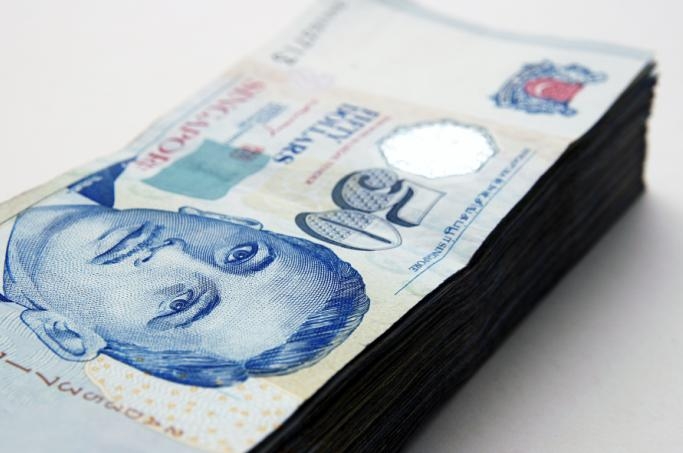
Currency Briefing - what you need to know for Tues May 8, 2012
The Singapore dollar is back below the $1.25 resistance level against the US dollar.
IG Markets Singapore said:
The Singapore dollar has regained ground against the greenback overnight moving back below the $1.25 resistance level. It currently trades at $1.2470.
Traders were close to panic yesterday as the dust settled on French and Greek elections and fears for the future of the eurozone.
This prompted a big sell off for risk assets with equities and currencies in the firing line.
Markets seem to have calmed down this morning with Asian currencies regaining a bit of poise after yesterday’s panic.
But the week ahead looks likely to be a cautious one with so many questions left unanswered.
GFT meanwhile noted (for 7 May 2012 trading):
With no major U.S. economic reports on the calendar today, it is not surprising to see a mixed performance for the U.S. dollar. The greenback traded higher against the euro and Swiss Franc, lower against the British pound, Canadian and Australian dollars and virtually unchanged against the Japanese Yen and New Zealand dollar.
It has also been a quiet day in the U.S. stock and bond markets. Although last Friday’s non-farm payrolls report left the market with a distaste for U.S. dollars and investors with concern about the U.S. recovery, the safe haven status of the dollar still seems to have some influence on how the greenback trades.
Risk on or risk off should be the predominant driver of dollar flows this week which makes the sustainability of risk appetite the more important question. Last week, U.S. equities fell sharply and even though the losses today were moderate, between Europe’s political uncertainty and the U.S.’ slower pace of recovery, the odds favor more weakness than strength.
In this case, the dollar would extend lower against the Japanese Yen but could resume its rise against European currencies. Although we don’t have much market moving U.S. data this week, a number of Federal Reserve officials will be speaking and hopefully their views can give us a better sense of what the central bank is thinking.
























 Advertise
Advertise






